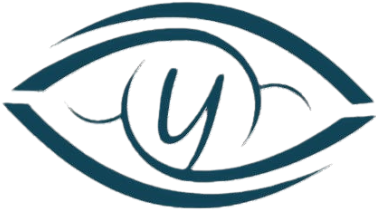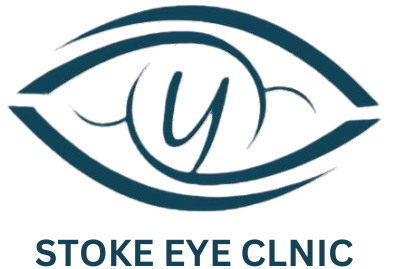Dry eye / Punctal plugs
- Home
- Dry eye / Punctal plugs
What is Dry Eye?
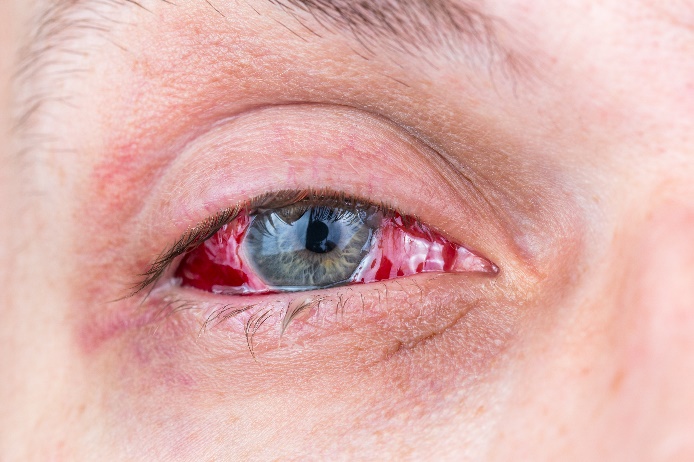
Symptoms
Burning
Redness
Gritty eye
Light Sensitivity
What causes Dry Eye?
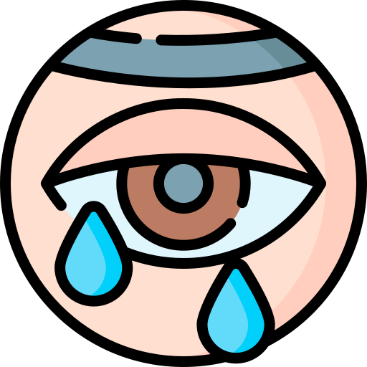
Reduced Tear Production
The eyes may not produce enough tears to maintain proper lubrication, often due to aging, hormonal changes (especially in postmenopausal women), or medical conditions like Sjögren’s syndrome and rheumatoid arthritis.
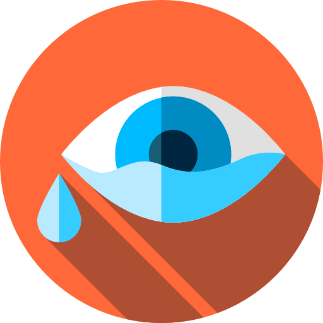
Excessive Tear Evaporation
Tears evaporate too quickly due to environmental factors like wind, smoke, or dry climates, as well as reduced blinking from prolonged screen use or certain eyelid conditions such as ectropion or lagophthalmos (incomplete eyelid closure).
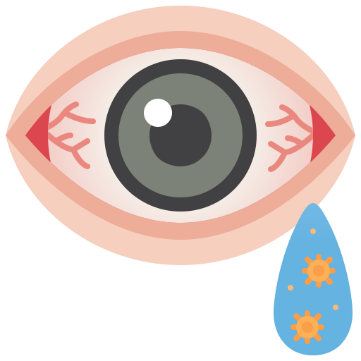
Poor Tear Quality
Tears consist of three layers (oil, water, and mucus). Issues with any layer, such as blocked oil glands in the eyelids (meibomian gland dysfunction), can destabilize the tear film, leading to dryness and irritation.
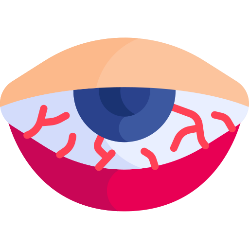
Eyelid Problems
Conditions like blepharitis (inflammation of the eyelid), entropion (inward-turning eyelid), or ectropion (outward-turning eyelid) can disrupt normal tear distribution, causing dry eye symptoms.
Dry eye Treatment
What are the risks?
Allergic Reactions
Temporary Discomfort
Infection or Irritation
Blocked Tear Drainage
Incomplete Relief
Side Effects of Medications
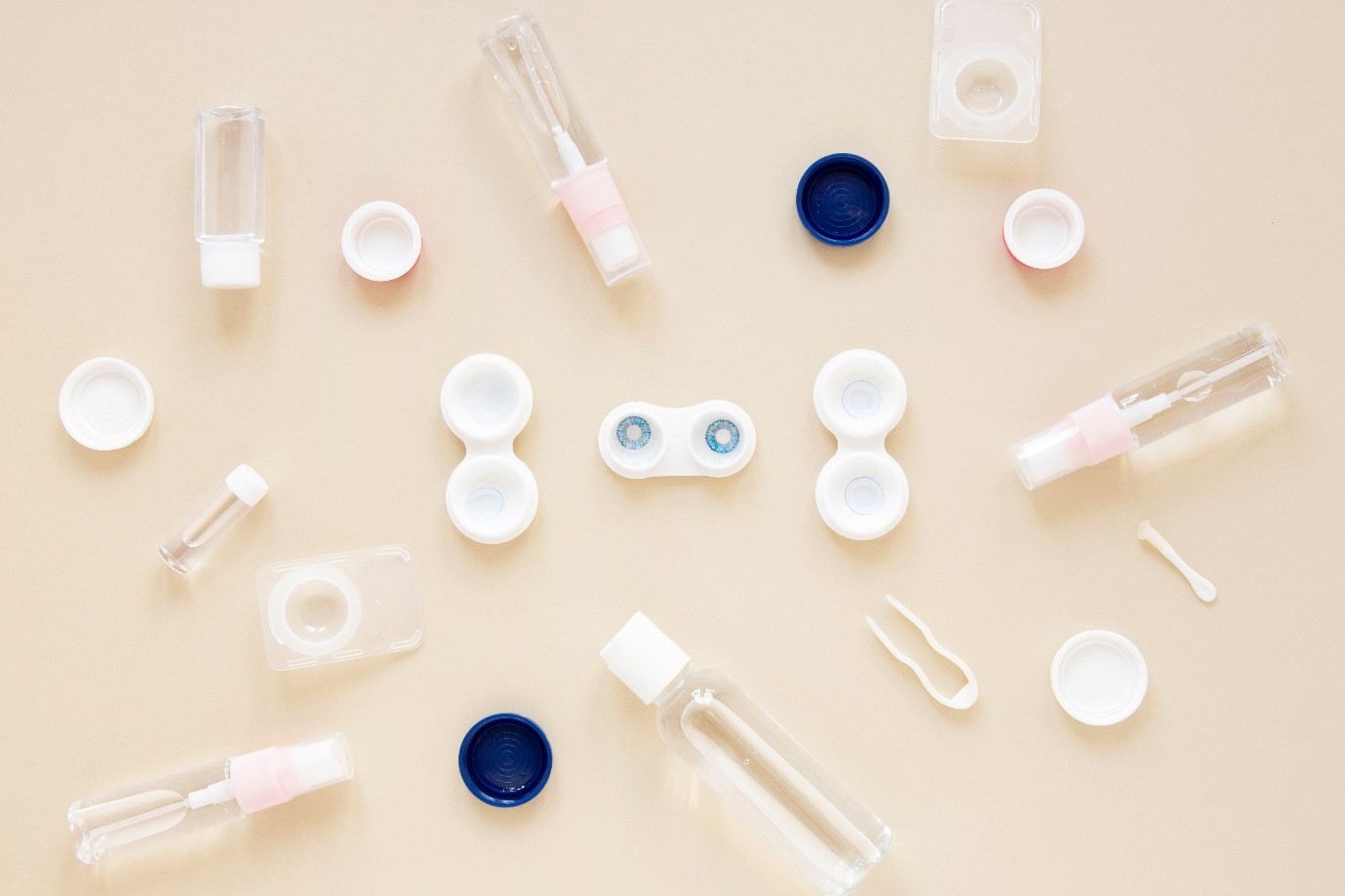
4 Tips to Improving Success
Achieve better outcomes with expert surgeons, advanced procedures, and a commitment to quality care. Our focus on precision, efficiency, and timely surgeries ensures your vision restoration is in trusted hands.
The Specialist
The success of dry eye treatment depends on the expertise of your eye care specialist. As a consultant ophthalmologist with extensive experience in managing dry eye syndrome, I provide a thorough and personalized approach to treatment. You can be confident that your care will be tailored to your specific needs to achieve the best possible outcomes.
The Approach
Dry eye treatment is typically non-invasive and highly effective. It may involve using artificial tears, lubricating ointments, or prescription medications like cyclosporine (Restasis) or lifitegrast (Xiidra) to improve tear production and reduce inflammation. In some cases, procedures such as punctal plugs or intense pulsed light (IPL) therapy for meibomian gland dysfunction may be recommended. I will guide you through the entire treatment process, explaining each step to ensure your understanding and comfort.
Quality Care
Achieving significant relief and long-term improvement in symptoms is essential. With specialized expertise in dry eye management, I am committed to providing top-quality care that addresses the underlying causes of your condition while improving your overall eye comfort and quality of life.
Prompt Treatment
Dry eye symptoms, such as irritation, redness, and blurry vision, can significantly impact your daily life. Prompt evaluation and treatment are critical to preventing further complications and preserving eye health. I ensure a streamlined process from your initial consultation to the implementation of a tailored treatment plan, providing effective and timely care.
Dry Eye FAQs
What are punctal plugs, and how do they work?
Are punctal plugs permanent?
What are the risks of punctal plugs?
How are complications from punctal plugs managed?
What are steroid eye drops, and how do they help with dry eye?
Are steroid eye drops safe for long-term use?
How are risks from steroid eye drops managed?
What are the alternatives to steroid eye drops for inflammation?
How quickly do punctal plugs or steroid drops improve dry eye symptoms?
Can dry eye be cured?
Are there any lifestyle changes I can make to help with dry eye?
⦁ Yes, simple changes like taking breaks during screen use, using a humidifier, staying hydrated, and protecting your eyes from wind and dry air can help.
When should I see a doctor about dry eye?
- info@bramptonmedical.co.uk
- 01782 614174
- 36 Hanover St, Newcastle-under-Lyme, Newcastle ST5 1AU
- Clayton Rd, Newcastle-under-Lyme, Newcastle ST5 4DB
- © 2024. All rights reserved
- Terms & Conditions
- Where I work
- Brampton Medical
- Designed & Developed by احمد
